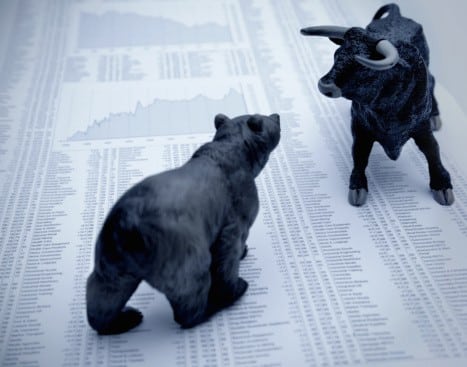Yes, the key is that, we make average profits whose total is more than the total of average losses. That is the ultimate secret – make more money than you lose.No matter the trading methodology/strategy/system you use, they will fall into any of the 5 categories listed below.
Battle styles – trading styles
SCALPING
This is a trading style that makes you take advantage of small movements in price. Once your position turns into profit, you exit the market immediately. Traders who employ this style usually cut their trades once they gain anything from a few to several pips. They stay in the markets for only a few to several minutes in most cases; and they rarely stay in the market for more than a few hours at most. If a speculator makes 10 USD per clean pip, and they gather around 3 to 5 pips per trade, you can imagine how much they will make if they do 10 trades per day.
INTRADAY TRADING
Intraday means “within the day.” So intraday trading is a style of trading that makes you enter the market and get out within the same day. It is also called DAY TRADIING. Doing this, you open a position and close it within a few hours and 24 hours maximum. As long as you open trades and close them within a day, you’re an intraday trader or a day trader. Intraday trading enables you to possibly catch from tens of pips to hundreds of pips in a day, depending on the condition of the market.
 SWING TRADING
SWING TRADING
This is a trading style where a financial instrument is traded within one day to several weeks. A swing trade can remain open for over one day to a few days; or from a few days to several weeks. When you open a trade in a day and you don’t close it within the same day, then you become a swing trader. Capitalizing on the market ‘swings,’ means you want to potentially reap from tens of pips to thousands of pips within days or weeks.
POSITION TRADING
Position trading is a regular trading method in which you open a trade and leave it for a minimum of one month. The trade(s) can remain open for a few to several months or a few years. This kind of stance enables patient market players to make as much gains as possible from a protracted bias, whether bullish or bearish. Transitory noises in the markets are thus disregarded. A position trader that went long on AUDUSD in late March 2020 and held it till the end of July 2020, would have made a clean profit of at least 1,450 pips (roughly 14,500 USD if using standard lots).
INVESTING
It is simply a style where you allocate money to some financial instruments with the hope of returns in future. An investment may last from a few years to decades, even centuries. If you invested in Nasdaq 100 (NDX) in 2003 and held it till now (year 2020), you would have gained approximately 1,000,000 points (yes, one million points), and this seems like the beginning. You know what a gain of a mere 100 points looks like in terms of US dollar, if you use 1.0 lots. The best way to make colossal gains from shares, indices, precious metals, cryptos etc, is to hold them forever, irrespective of noises, bearish corrections and pullbacks along the way. After all, no investment is worthwhile unless it appears in your will (to be acquired eventually by your dependents and/or beneficiaries).
Source: www.learn2.trade







